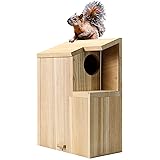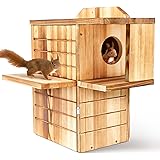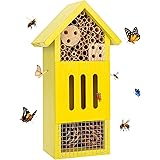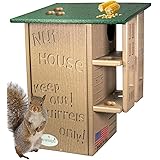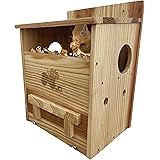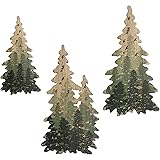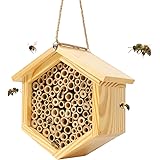
A ladybug on a leaf is a symbol of good luck, as lore has it. These colorful insects are cherished around the world for their ability to destroy pests such as aphids. It is said that a single lady bug can consume hundreds of aphids in one day! Gardeners and farmers appreciate them as natural forms of insect control. In fact, a solitary seven-spotted ladybug can can consume up to 5,000 aphids in a lifetime.
The name ‘ladybug’ was coined by European farmers who prayed to the Virgin Mary when their crops were being destroyed by aphids. The insects quickly wiped out the aphid population and the farmers praised the Virgin Mary for her help. The name stuck and has remained popular to this day.
Ladybugs are most active in the spring and fall, consuming aphids and other plant damaging pests. Their bright colors warn predators to stay away. If threatened, the bugs secrete an oily, foul tasting fluid from joints in their legs. If that fails, the insects can play dead by shedding their skin.
Females lay football shaped eggs in clusters on the underside of leaves, usually near where aphids congregate. The eggs hatch into larvae that vary in color based on species. The young eat aphids and other pests and can consume up to 50 aphids per day in later stages of growth. They also feed on scales, mealy bugs, mites and a number of other soft-bodied insects.
When the weather turns cold, ladybugs seek out a warm secluded place to hibernate for the winter. They are tough against the cold but can be killed by frost. Some people keep ladybugs as pets by releasing them outdoors in the autumn and early spring, when the air is cool. It is important to release them during the cooler hours of the evening and morning, as they don’t fly at night or during the heat of the day.
When releasing ladybugs, scatter or spread them out so each has an opportunity to find food immediately. Your organic garden or field should include many lowering plants with a wide variety of flowers and nectar for the adult beneficial insects to feed on. In addition, a high level of humidity is required to support the growth and health of most beneficial insects. This can be achieved by providing a sheltered location and sprinkling or irrigating the area before releasing.
